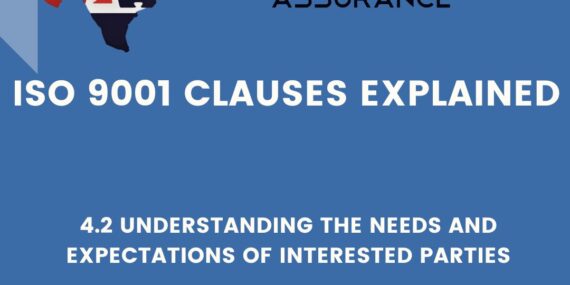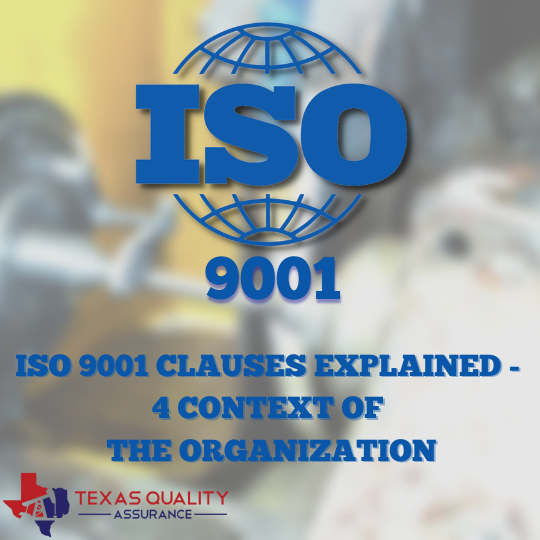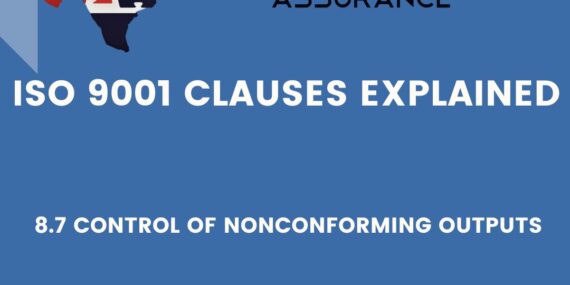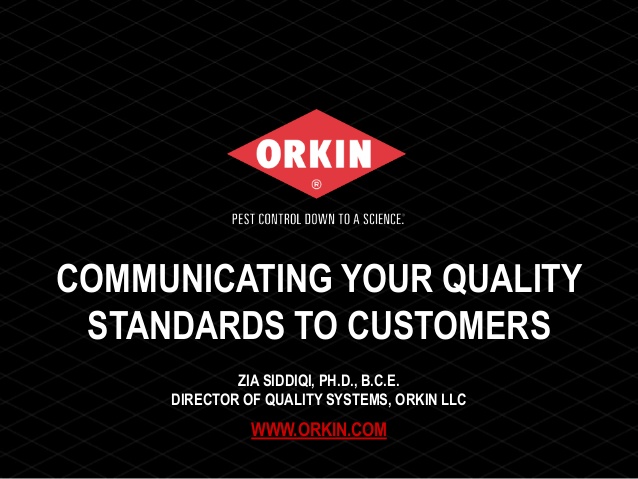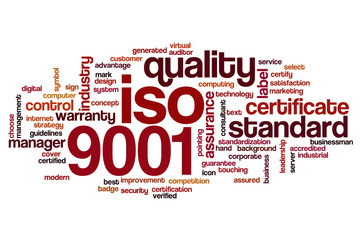ISO 9001 CLAUSES EXPLAINED – 4.2 Understanding the needs and expectations of interested parties
In this post “ISO 9001 Clauses Explained” we dive into Interested Parties. 4.2 Understanding the needs and expectations of interested parties Interested Parties is a relatively new term to our management systems, but again a very old concept that we’re all familiar with. An interested party is oftentimes a useful catch all term when there’s…

